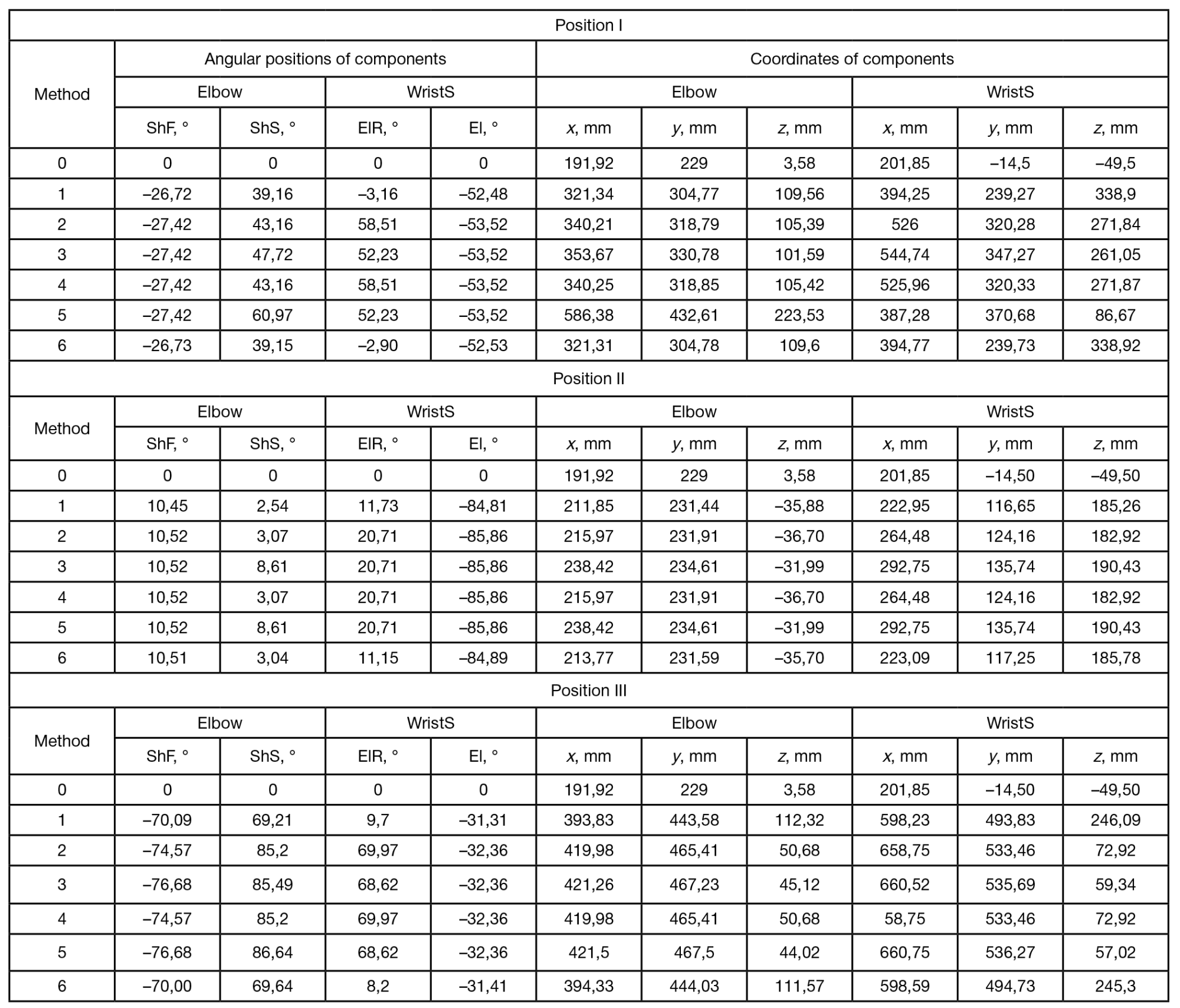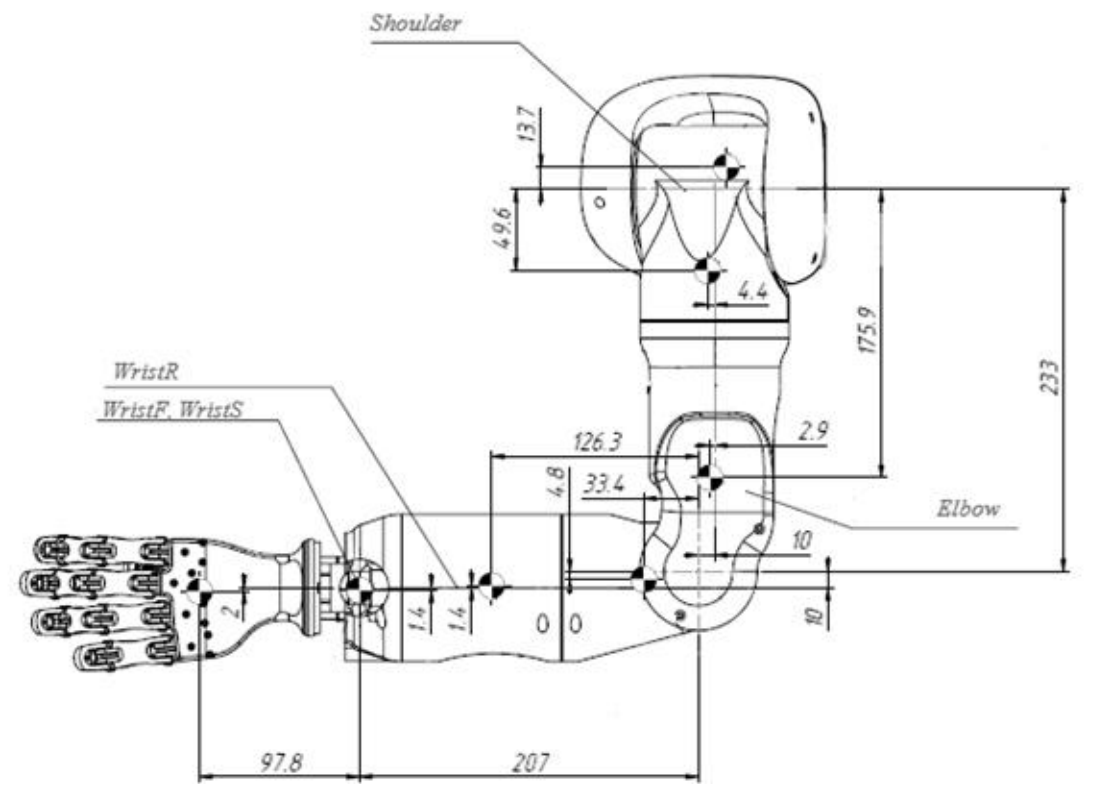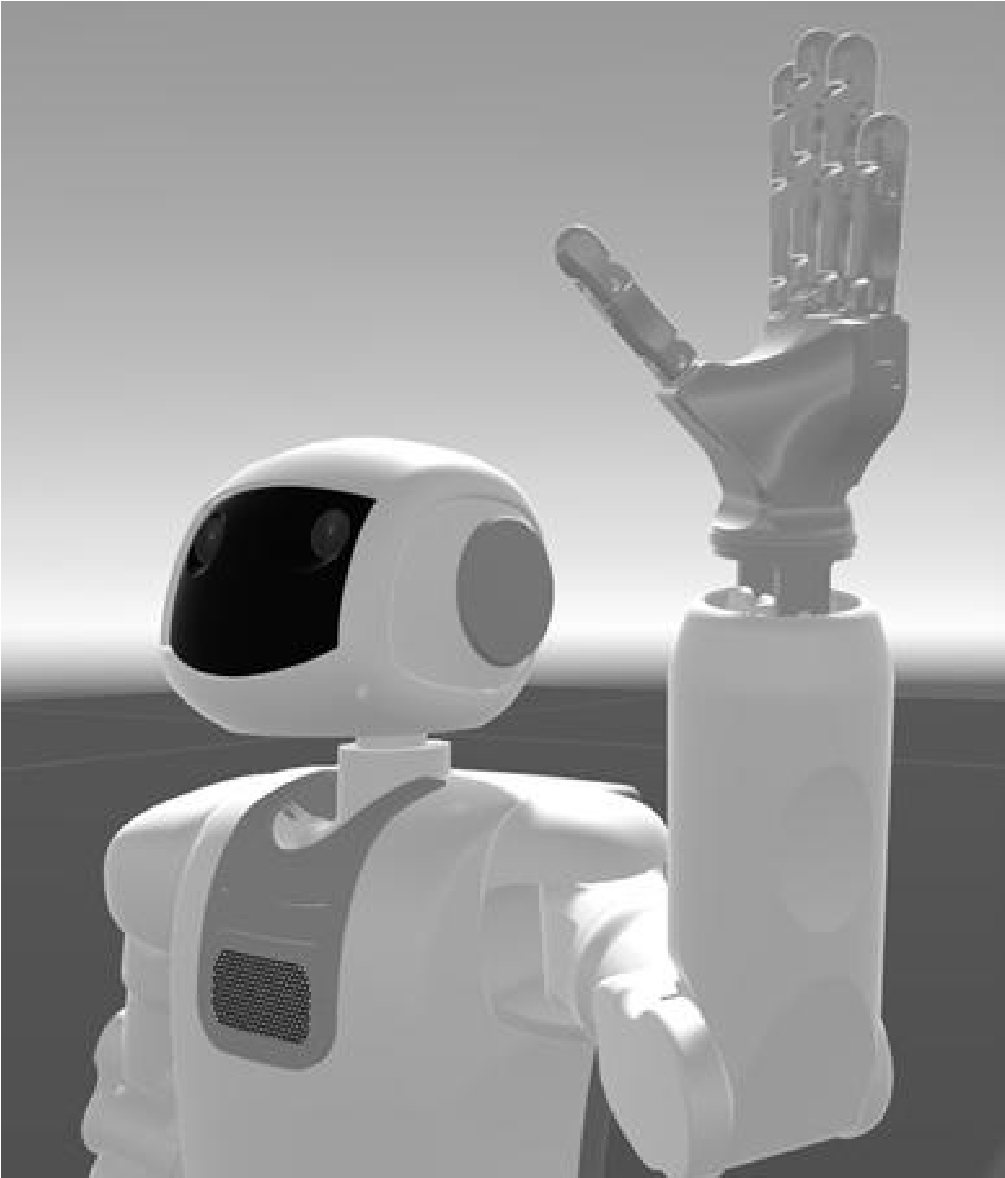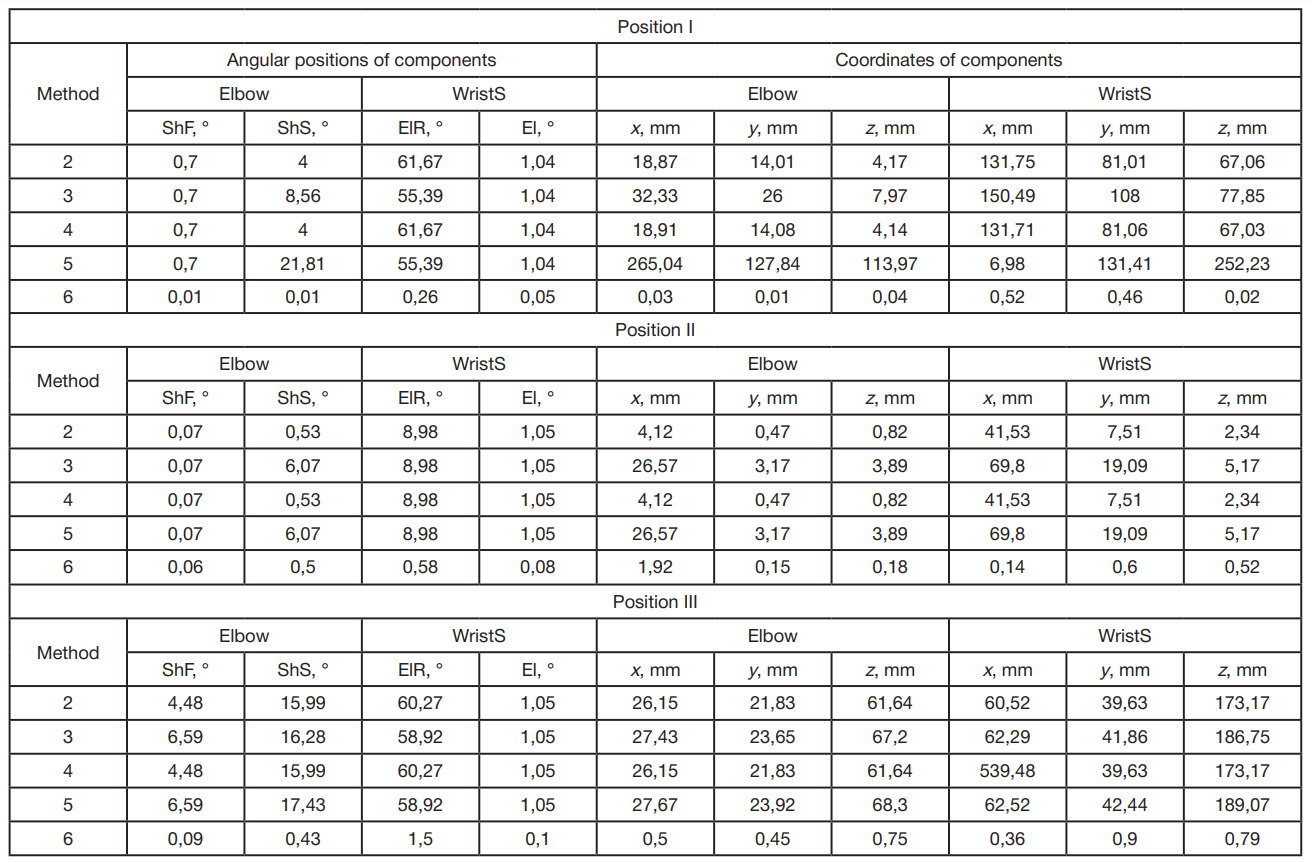
This article is an open access article distributed under the terms and conditions of the Creative Commons Attribution license (CC BY).
ORIGINAL RESEARCH
Solution to the problem of designing a safe configuration of a human upper limb robotic prosthesis
1 Center for Development of Science, Technology and Education in the Field of Defense and State Security, National Research Tomsk State University, Tomsk, Russia
2 Federal Research and Clinical Center of Medical Rehabilitation and Balneology of the Federal Medical Biological Agency, Moscow, Russia
Corresponding author: Dmitry S. Zhdanov
Krasnoarmeyskaya, 14, Tomsk, 634029, Russia; ur.liam@vonadhZ_S_D
Funding: The study was conducted in the context of execution of the State Task by the Ministry of Education and Science of Russia, project #FSWM-2022-0008.
Acknowledgments: Natalya Abdulkina, deputy general director of the Federal Scientific and Clinical Center for Medical Rehabilitation and Balneology of the Federal Medical Biological Agency, for comprehensive support of the researchers; Alexander Vorozhtsov, vice-rector for research and innovation activities of the National Research Tomsk State University, for his contribution to the scientific progress in the field of medical robotics.
Compliance with the ethical standards: Conclusion of the local ethical committee at the Federal Scientific and Clinical Center for Medical Rehabilitation and Balneology of the Federal Medical Biological Agency #1 of July 06, 2022. At this stage, the study involved no patients, therefore, no signed voluntary informed consents forms were required.




